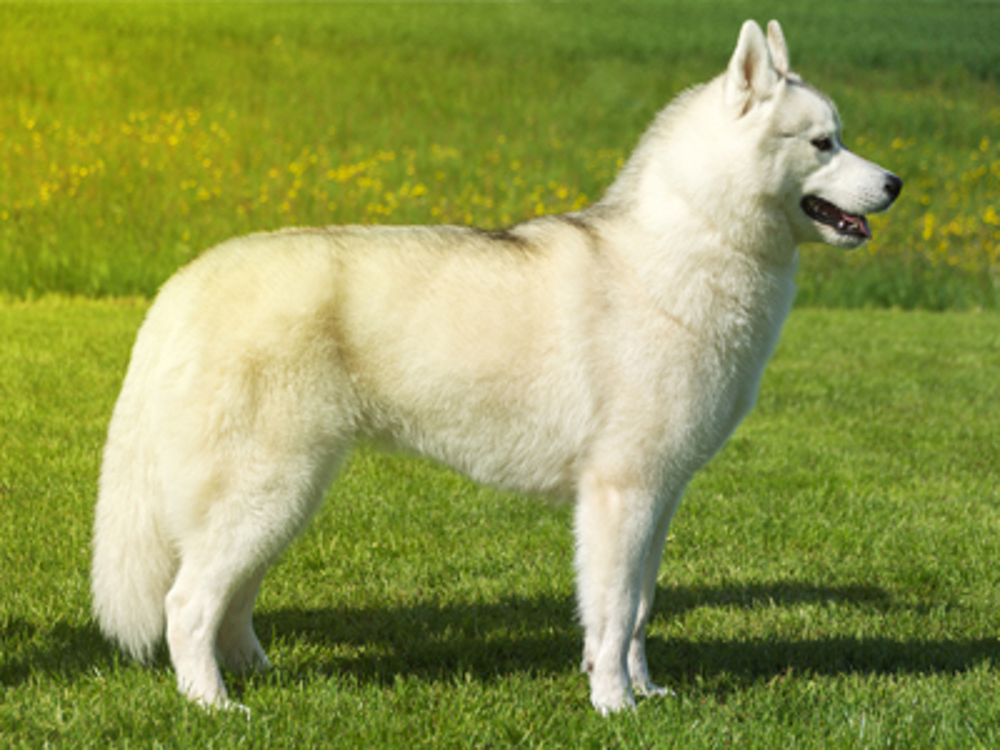
What does conformation mean?
The conformation of a dog refers to its overall structure and appearance. Dogs come in many different shapes and sizes. Having such varied conformation is one of the many fascinating things about dogs. However, ensuring that a dog is bred to have moderate, and not exaggerated, conformation is important.
Putting health first
Regardless of what each dog looks like, its health and welfare should be a priority and it should be able to lead a happy and healthy life. That means being able to breathe, walk, hear and see freely without discomfort. Some exaggerated conformations can lead to health problems, such as skin infections, eye problems or breathing difficulties.
How do I know if there are any conformational concerns within my breed?
Breed Watch is a quick and easy reference tool which provides up-to-date information on breed-specific visible health concerns that may arise from exaggerated conformation.
To see if your breed has any points of concern, visit our Breeds A to Z.
Examples of health problems related to exaggerated conformation
Skin
Dogs with excessive amounts of skin or excessive skin folds may develop inflammation, irritation and infection in any large skin folds.
Head shape
Extreme brachycephalic dogs (dogs with extremely flat faces) may be more prone to breathing difficulties, which can present as laboured or noisy breathing. This can impact on a dog's quality of life, and may make it difficult for them to cool down in hot weather, or catch their breath during or after exercise. Additional obstructions, such as narrow nostrils, are likely to contribute to the problem.
Eyes
Dogs with extremely prominent eyes may be more vulnerable to direct trauma and also may not be able to blink adequately. Inadequate blink may lead to chronic damage to the eyes, resulting in dry eyes, irritation and the formation of ulcers.
Entropion, a disorder in which the eyelid turns into the eye and the eyelashes rub against the eyeball, can cause irritation, pain and redness, and is more likely to occur in dogs with prominent eyes and/or heavy facial skin folds. Conversely, ectropion, a disorder in which the lower eyelids roll out and do not fit closely to the eyeball, can result in dry eyes, discomfort, irritation and chronic conjunctivitis.
Tail
Dogs with extremely tight, inverted or cork screw tails may be at higher risk of skin infections and prone to problems with their spine, which could result in difficult and painful movement.
Ears
Dogs with excessively long ears and large amounts of hair in and around them may be more prone to infection, inflammation and itchiness.
If you have any concerns that your dog suffers from any of the above health problems, then you should seek veterinary advice.
Breeding advice
To help reduce the risk of producing affected puppies, breeders should always be careful if considering breeding from dogs with exaggerated features. Dogs with proven health issues caused by over-exaggeration of physical features should be avoided where possible in a breeding programme, especially if they may produce health or welfare problems in any offspring. If any doubt exists, then veterinary advice should be sought.
Making balanced breeding decisions
As well as considering the implications of a dog’s conformation, there are other equally important factors to consider when deciding whether two dogs should be mated together, such as temperament, genetic diversity, available health test results, the general health of the dogs etc. Your breeding decisions should always be well balanced and take into consideration the qualities and compatibility of both the sire and dam that you are intending to mate.

